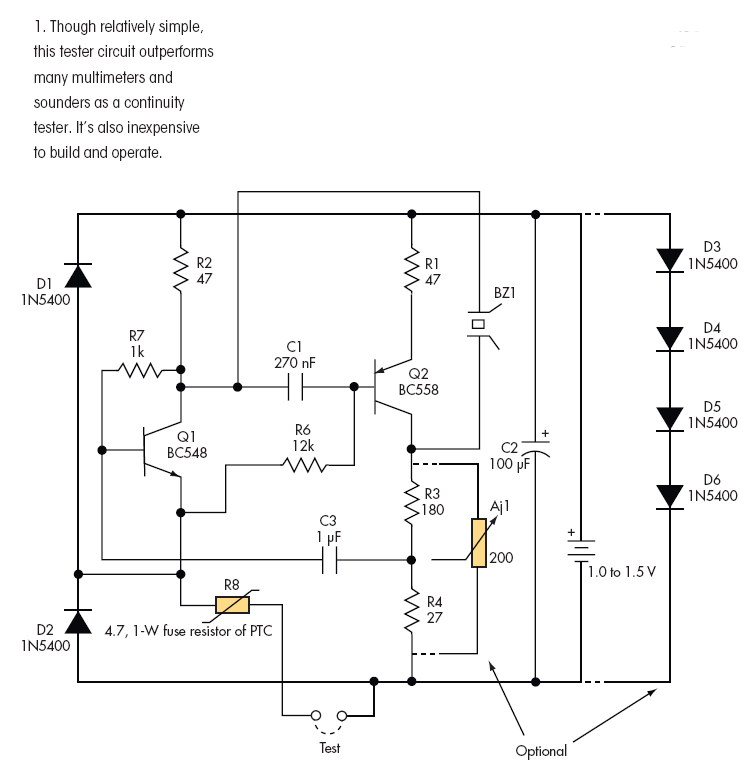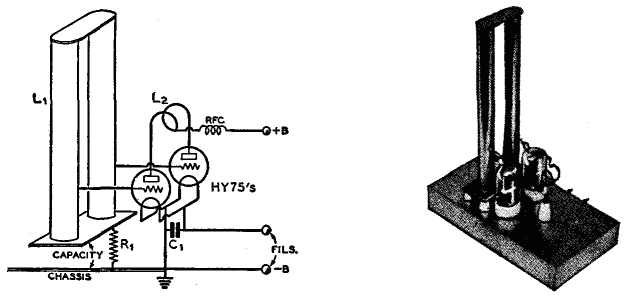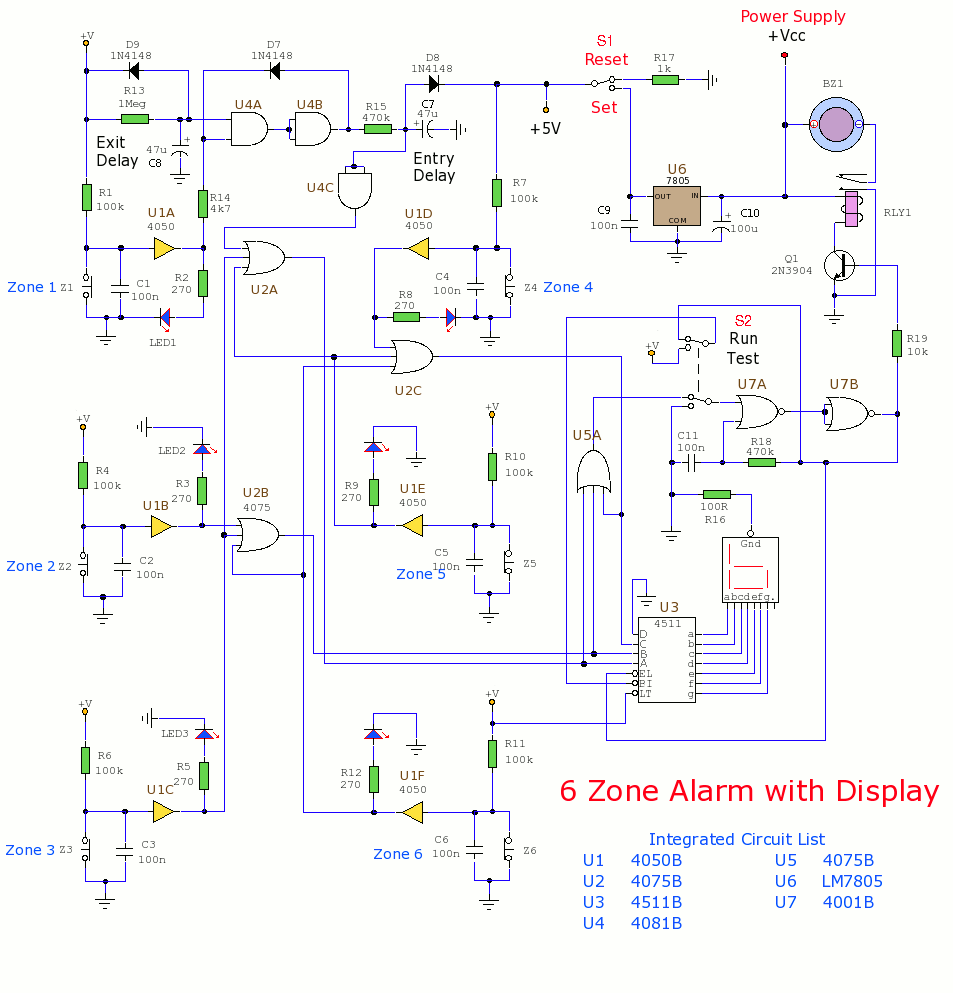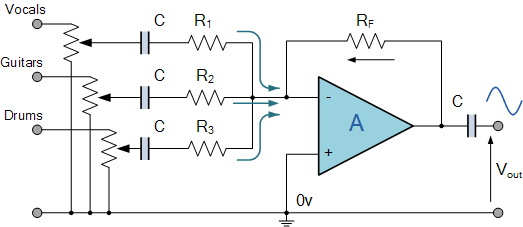
Buck Converter Powers 5-V Circuits From 12-V Solar-Cell Array

This design concept outlines a 12-V DC to 5-V DC (±5%) switched-mode power supply (SMPS). The supply utilizes a 12-V input derived from an array of four 3-V DC, 40-mA solar cells connected in series.
The proposed switched-mode power supply (SMPS) is designed to efficiently convert a 12-V input voltage to a regulated 5-V output. The system is powered by an array of four solar cells, each providing 3 V and 40 mA, which are connected in series to achieve the necessary input voltage. This configuration allows for the harvesting of solar energy, making the design suitable for applications where renewable energy sources are preferred.
The SMPS operates by utilizing a high-frequency switching regulator, which minimizes energy loss during the conversion process. The key components of the circuit include a switching transistor, an inductor, a diode, and output capacitors. The switching transistor is controlled by a pulse-width modulation (PWM) signal, which adjusts the duty cycle to regulate the output voltage to the desired level of 5 V.
The inductor plays a crucial role in storing energy during the on-time of the switching cycle and releasing it during the off-time, smoothing out the output voltage. A Schottky diode is typically used due to its fast recovery time and low forward voltage drop, enhancing the efficiency of the power supply. The output capacitors filter the voltage to provide a stable DC output.
In terms of performance specifications, the SMPS is designed to maintain an output voltage within ±5% of the nominal 5 V across a range of load conditions, ensuring reliable operation for connected devices. The circuit should also incorporate protection features such as over-voltage protection (OVP) and over-current protection (OCP) to safeguard both the power supply and the load.
Overall, this design represents an effective solution for converting solar energy into a usable DC voltage, suitable for powering a variety of electronic devices in off-grid applications.This Idea for Design describes a 12-V dc to 5-V dc (±5%) switched-mode power supply (SMPS). The supply uses a 12-V input from an array of four 3-V dc, 40-mA solar cells connected in series 🔗 External reference
The proposed switched-mode power supply (SMPS) is designed to efficiently convert a 12-V input voltage to a regulated 5-V output. The system is powered by an array of four solar cells, each providing 3 V and 40 mA, which are connected in series to achieve the necessary input voltage. This configuration allows for the harvesting of solar energy, making the design suitable for applications where renewable energy sources are preferred.
The SMPS operates by utilizing a high-frequency switching regulator, which minimizes energy loss during the conversion process. The key components of the circuit include a switching transistor, an inductor, a diode, and output capacitors. The switching transistor is controlled by a pulse-width modulation (PWM) signal, which adjusts the duty cycle to regulate the output voltage to the desired level of 5 V.
The inductor plays a crucial role in storing energy during the on-time of the switching cycle and releasing it during the off-time, smoothing out the output voltage. A Schottky diode is typically used due to its fast recovery time and low forward voltage drop, enhancing the efficiency of the power supply. The output capacitors filter the voltage to provide a stable DC output.
In terms of performance specifications, the SMPS is designed to maintain an output voltage within ±5% of the nominal 5 V across a range of load conditions, ensuring reliable operation for connected devices. The circuit should also incorporate protection features such as over-voltage protection (OVP) and over-current protection (OCP) to safeguard both the power supply and the load.
Overall, this design represents an effective solution for converting solar energy into a usable DC voltage, suitable for powering a variety of electronic devices in off-grid applications.This Idea for Design describes a 12-V dc to 5-V dc (±5%) switched-mode power supply (SMPS). The supply uses a 12-V input from an array of four 3-V dc, 40-mA solar cells connected in series 🔗 External reference





